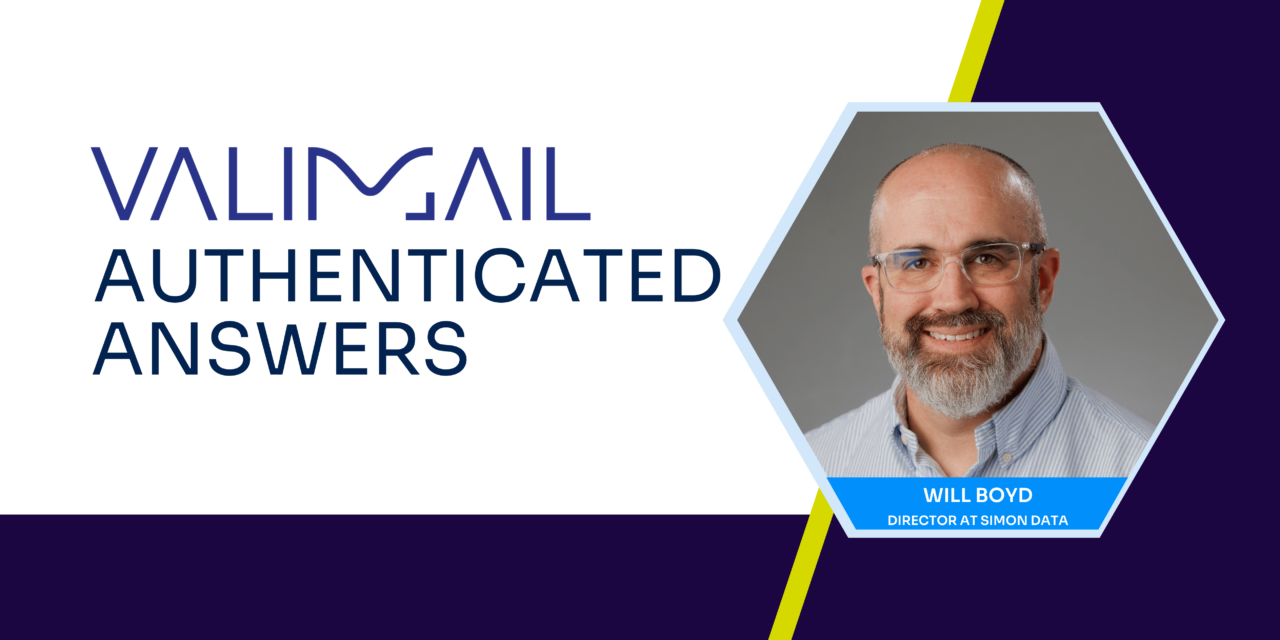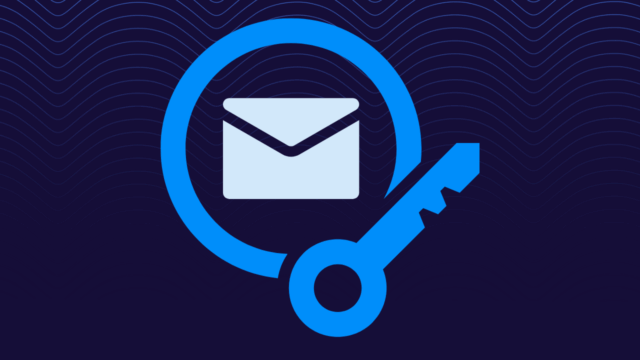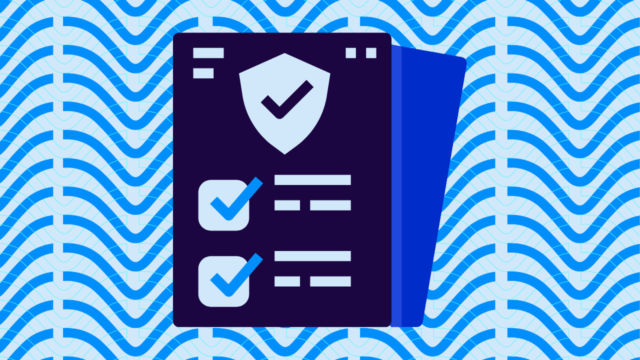We’re back with another installment of our blog interview series: Authenticated Answers! Today we’re talking with Will Boyd, the Director of Deliverability at Simon Data.
At Valimail, we take our work seriously but try not to take ourselves too seriously. This value inspires us to get to the heart of what makes people unique and how it affects their careers to provide valuable advice, inspiration, and insights to people working with email day in and day out.
In this lighthearted interview series, we connect with experts from the email, IT, security, ISP, and authentication spaces to learn more about them and their experiences.
About Will Boyd
Will worked at Twilio and SendGrid before he arrived at Simon Data. He’s been in the email deliverability space for over a decade, primarily working on the email service provider side.
He started his career in compliance and helped people understand why they were sending spam emails. He educated them to ensure that they improved their email deliverability.
Outside of the email world, he has a passion for music and owns thirty guitars. He’s always looking for new ones to add to his extensive collection.
Currently, his favorite guitar is a custom guitar from Denmark. It has an old-world hand-carving style, and the designer made it specifically for him, so it’s truly one of a kind.

Keep reading our interview with Will Boyd below to learn more about how he stays motivated during challenges, the smallest hill he’d die on, and how he’d describe DMARC to his parents.
How do you stay motivated when learning something challenging or frustrating?
The easiest way is to remind myself how often I’ve done this.
I remember how many times I’ve been frustrated before and realize how much farther I’ve gotten since pushing past that challenge. That just reminds me that I’ve been here before, and I’m capable of learning.
Just keep reminding yourself that you’re a competent human being that’s gotten this far and that you can keep doing these things, and it won’t always be so frustrating.
What was the last wall you crashed through?
The wall I had to crash through was the idea that I was a deliverability professional and didn’t know the basics of data analysis. That built a wall around the products I was working with, and I always felt limited in the help I could give clients.
I recognized the wall and acknowledged it was blocking me from doing my best work and helping my company build this product in the best fashion. Nobody wanted to invest in a director-level person going back and learning SQL, so I decided to teach myself.
It was never in my job description to do any of that, but I just started digging in with different free resources, pushed forward through myself, and gained experience and knowledge.
It’s had tremendous benefits, and now it’s one of these things that I suggest to all deliverability folks. If you can understand how the data you’re talking about is organized, it can make you so much more knowledgable when you’re talking about how that data is analyzed.
What’s your favorite way to show gratitude?
My favorite thing to do is to help make someone else feel like a champion and to help drive them forward.
I like to show everyone else how that other person is moving the entire business forward and publicly call out the strengths that they bring. This helps set them up for success in front of other leaders that they wouldn’t usually get face time with.
When I thank folks, I make sure it’s strategic and communicates things that mean something to their development or job. It demonstrates to other people how they’re providing value to the organization.
In my personal life, I take a similar approach with some acts of service. If you’ve helped me somehow, let me return the favor.
What’s the funniest mistake you’ve made, and how’d you handle it?
I was recently on a video call with several folks, and most of their videos were off. I just had all these names on the screen in front of me.
I wanted to keep everyone involved and keep things conversational and lighthearted as much as possible. I got a little nervous and saw one of the names on the screen as the account manager I work with frequently. This was great because it allowed me to take that name and use it humorously throughout the call.
After forty-five minutes of being on this call, I realized that person wasn’t my coworker. It was a new employee on the client side that I hadn’t even met yet. Everyone but me knew it was a new employee who had not been on the call before, and no one spoke up.
We all got a good laugh out of it, and then I was able to apologize and introduce myself to the new employee. This also allowed us to have a call, learn about each other, and talk more about email.
What’s the smallest hill you are willing to die on?
It would be on the hill of permissions and the importance of gathering permissions for email marketing success.
In my world of deliverability, professionals focus on everything a sender does after that address is collected. But in my experience, nothing impacts success more than how the address was collected, and how the experience and expectations were set for the recipient.
After that, you can do all kinds of things incorrectly, unfortunately, and still do pretty well. But if you haven’t done that part right, all of the perfect authentication in the world won’t get mail to your inbox if you have spam complaint problems or just don’t want your mail.
How you set expectations with your recipients is the most crucial thing in email marketing success.
How would you explain DMARC to your grandparents, friends, or relatives?
DMARC is hard to explain because it does so much with so little. But I love using the metaphor of traveling through an airport.
Imagine that you are the email message, and you have to travel to the inbox across the country and get there via the airport. To do this, you have to go through several processes just to be allowed on the plane. You have security and gate checks.
Some people are third parties looking to make sure that you are who you say you are and that you have legitimate business there. So you have a ticket and an ID. And those two things help that security person make sense of whether or not you are a bad person because, unfortunately, bad people are trying to get across the country, too. This is very similar to email messages and the way Gmail and Microsoft accept email messages.
DMARC is a piece of authentication, and in this metaphor, authentication is like your identification for the security process. It works a lot like that by making things more secure for messages to prove who they are so that phishers can’t get messages delivered so easily.
Get started with DMARC
If Will could crash through the wall of learning SQL, then you can smash through the wall of DMARC.
Valimail makes it easier to implement so you don’t have to spend as much time setting it up and worrying about it. The first step towards implementing DMARC for your domain is identifying your senders.
To see who’s using your domain and sending emails on your behalf, you can set up an account on Valimail Monitor. You’ll be able to see the list of named providers rather than a list of IP addresses.
Sign up for a free account today and take that next step towards protecting your domain with DMARC.
If you’d like to share your thoughts with us or nominate a leader in the email space to be featured in the future, don’t hesitate to reach out to content-marketing@valimail.com!
Sr. Content Marketing Manager at Valimail
Alyssa Harmon



